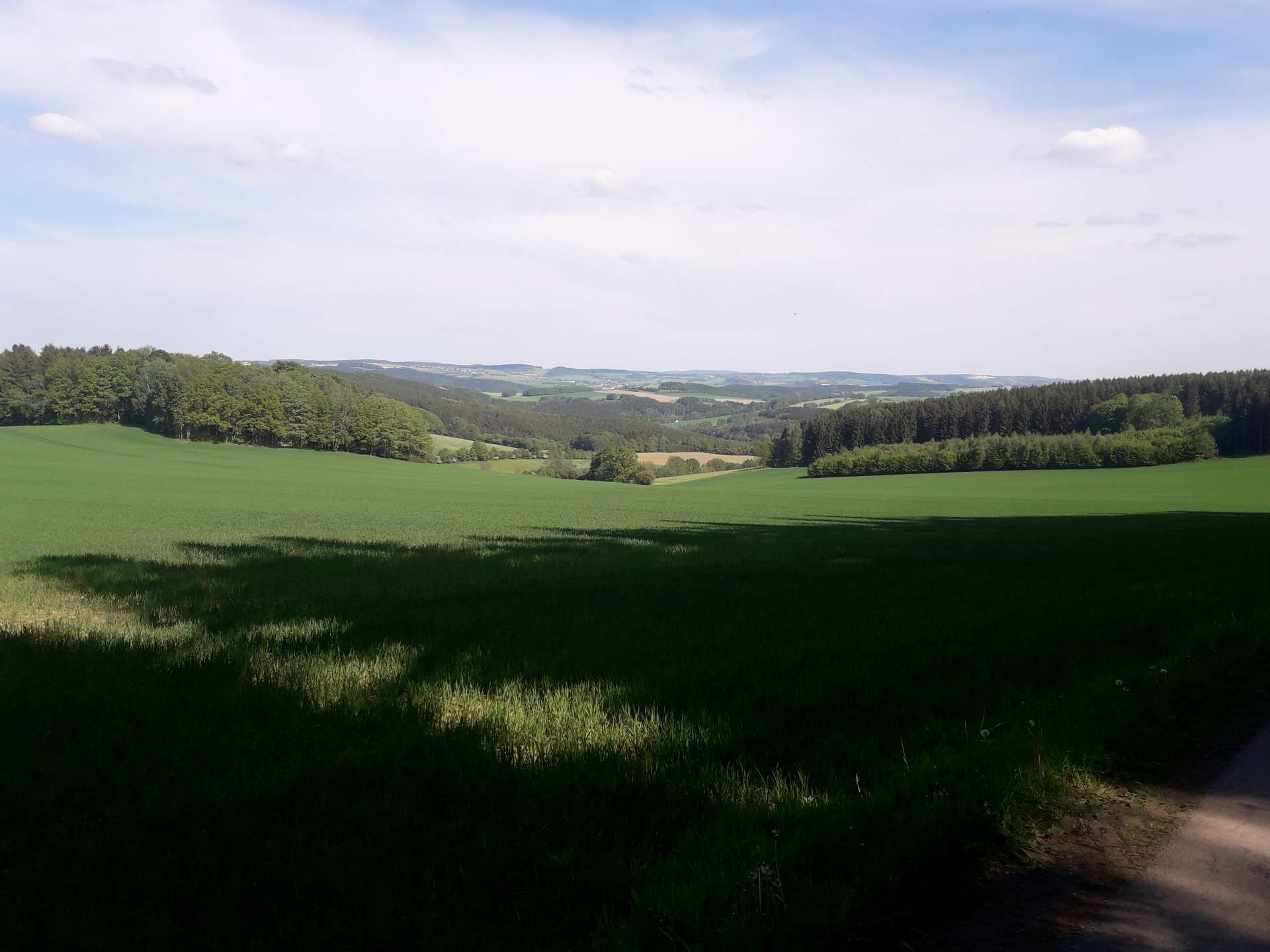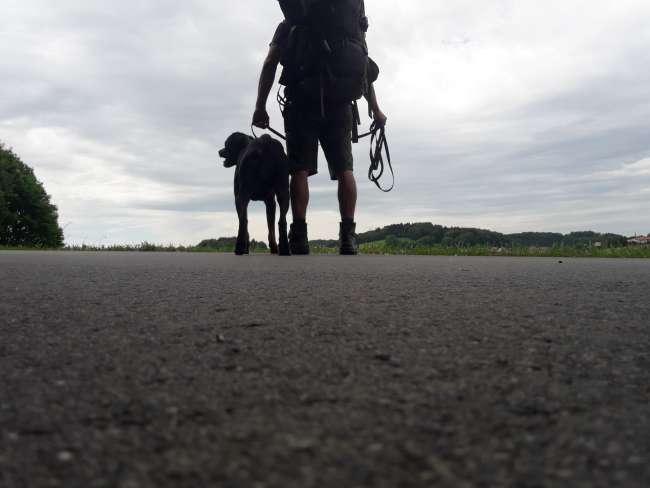Seifhennersdorf
Հրատարակվել է: 31.05.2018
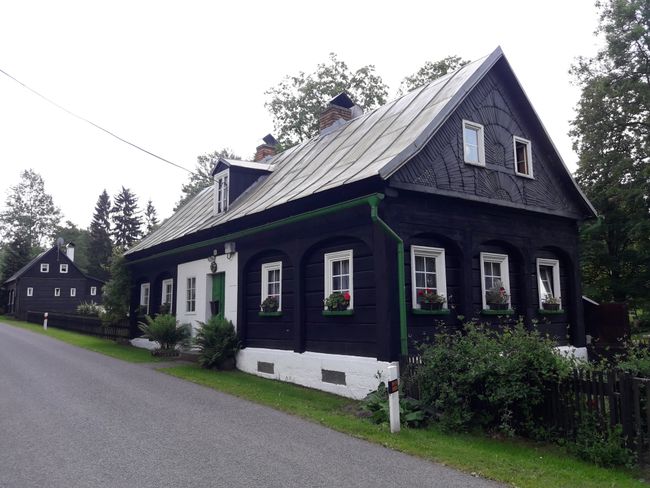
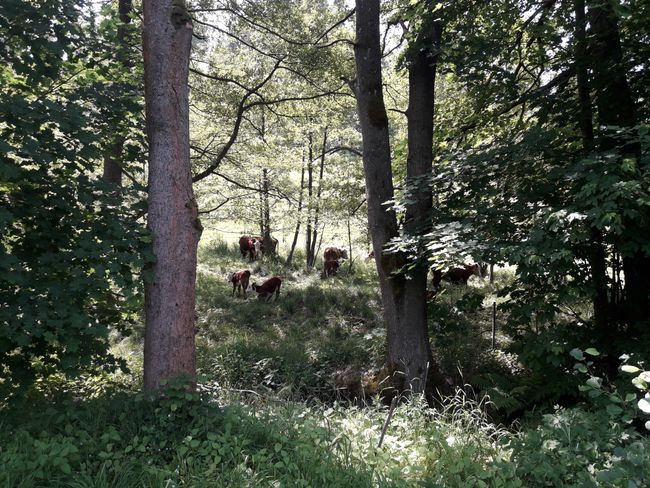
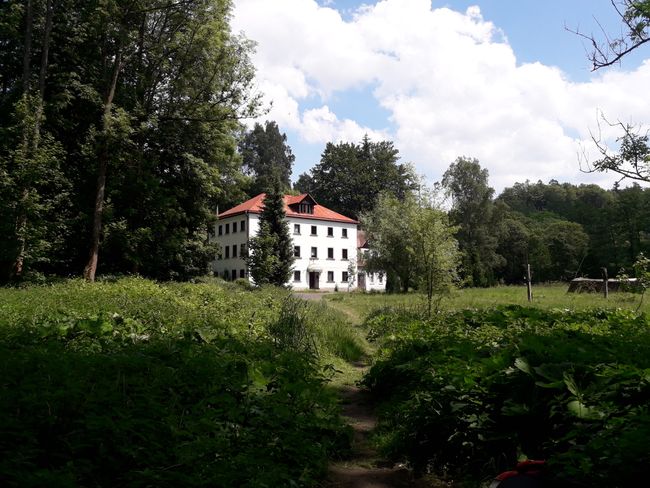
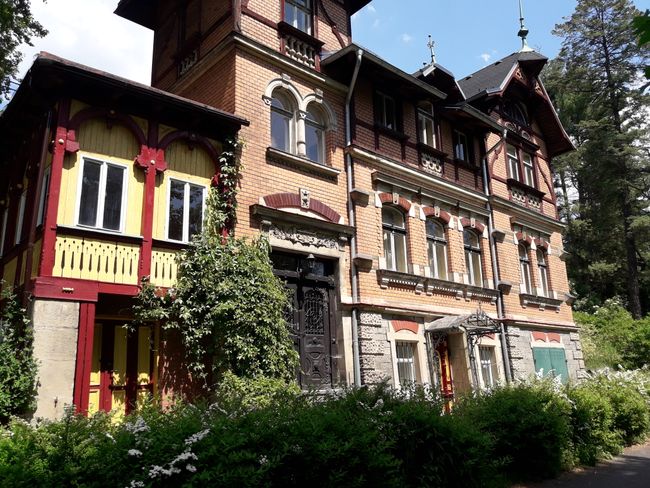
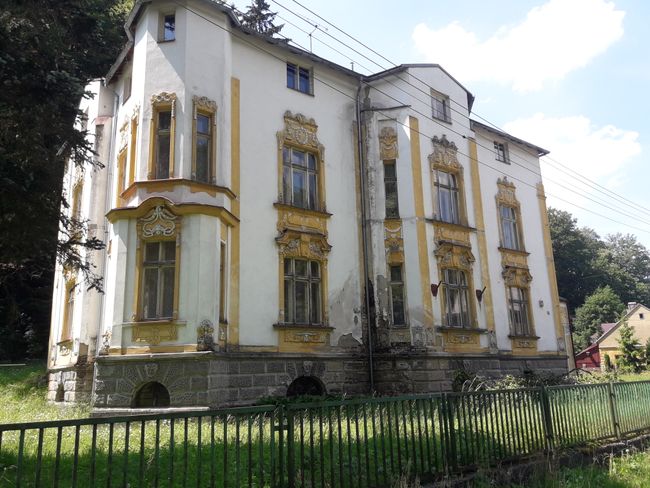
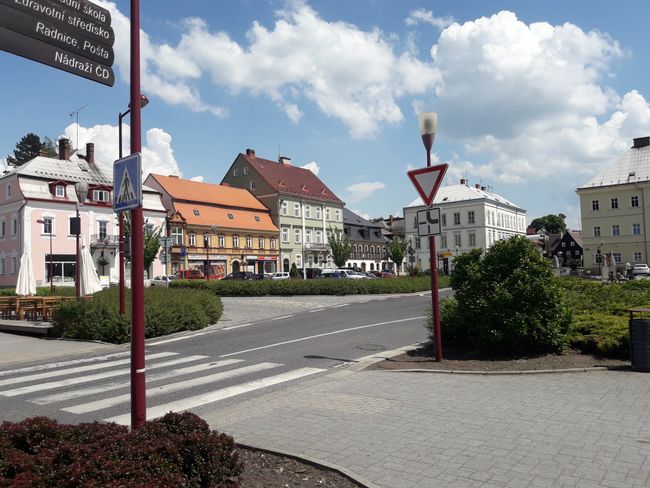
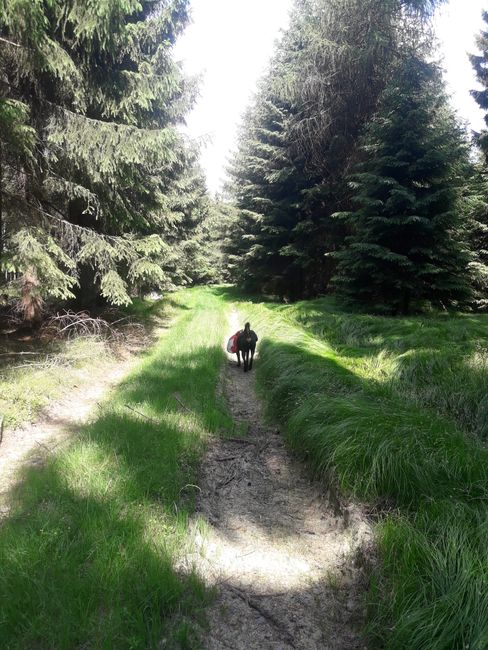
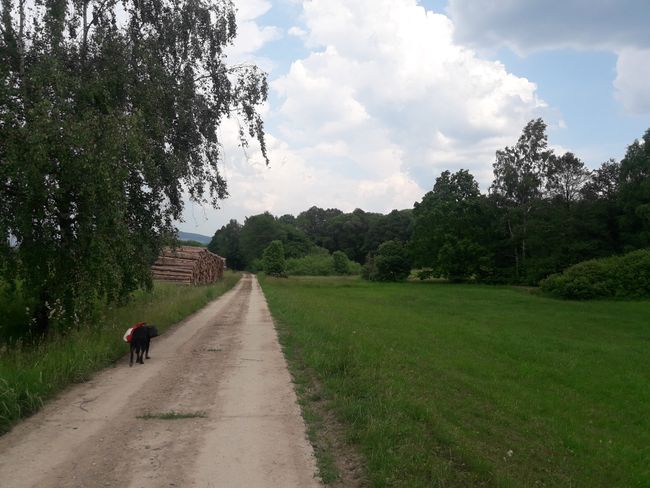
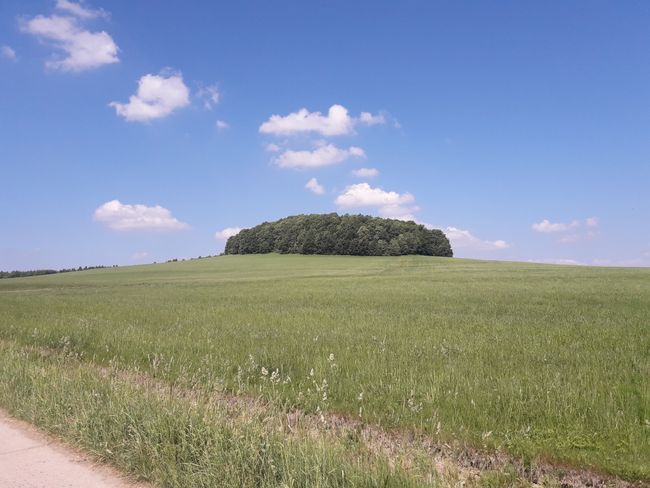
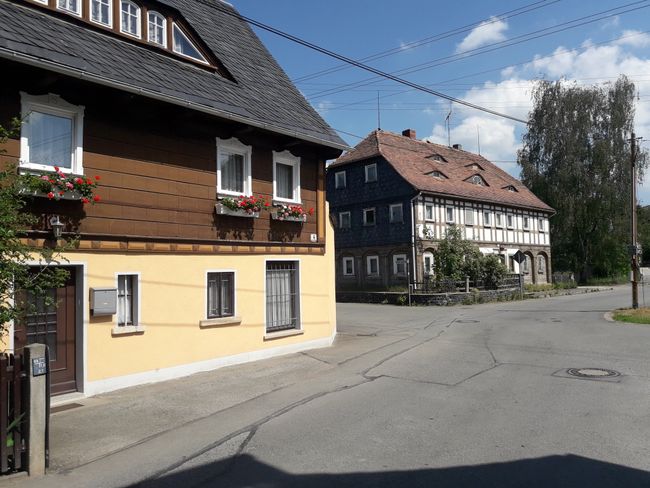
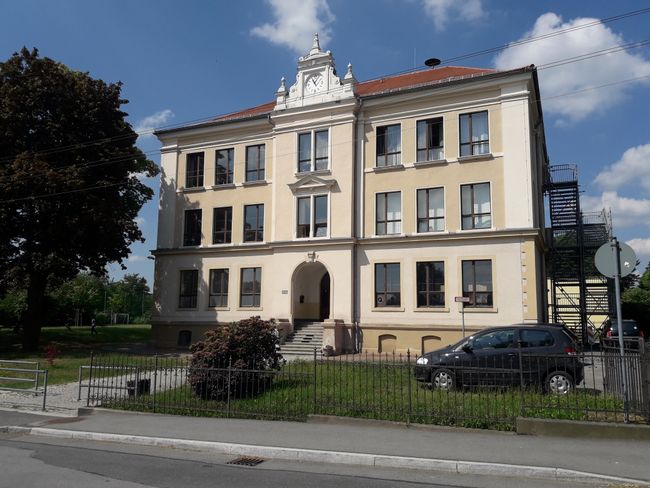
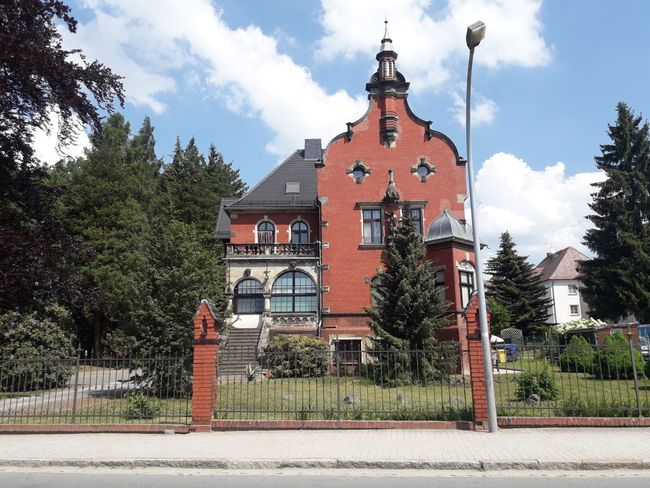
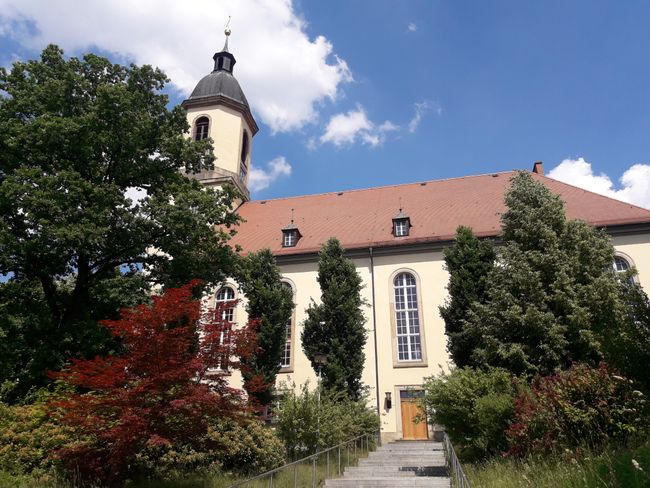
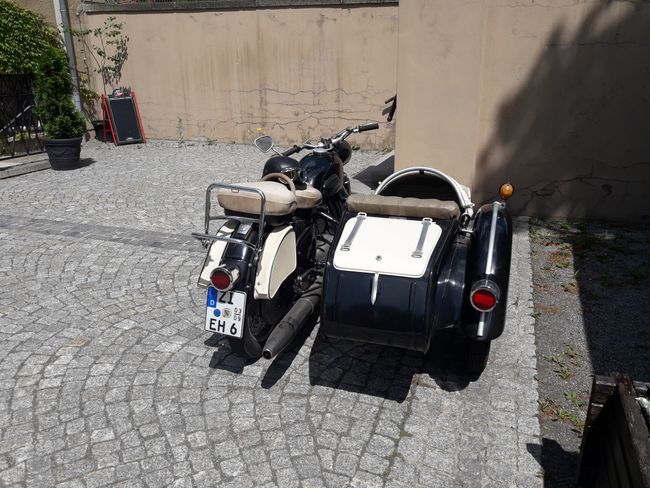
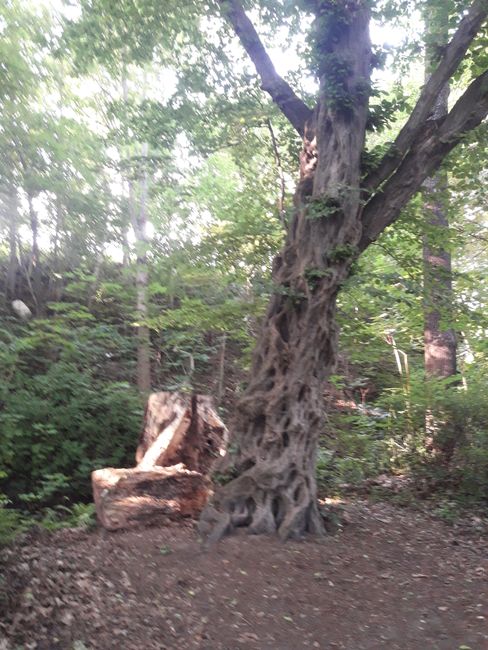
Բաժանորդագրվել տեղեկագրին
On Monday (28.05.2018) I leave the tent around nine. The laundry I washed the night before is not completely dry yet, so I hang it out in the sun. It's already quite warm under the sun, so I take a dip in the cool water first. After a refreshing swim, it's breakfast time for me and my dog. I take a nap in the sun to digest before we pack up and set off around eleven-thirty. At the beginning of today's stage, we pass through Kyjov (Khaa) and reach the village of Dlouhý Dùl (Long Valley), which is characterized by its many half-timbered houses, as indicated by an informative sign. These houses were created by the meeting of Slavic and German population in the area and can be seen as a mixture of log cabin and half-timbered house. The majority of the houses, and therefore the entire village, make a very well-maintained impression. We continue eastwards, following the Křinice river to Krásná Lípa. I miss a turnoff to the medieval castle ruins of Krásný Buk, but due to the high temperatures, I don't feel motivated to look for it. At the entrance of Schoenlinde, I take advantage of the first shopping opportunity to replenish our supplies. The town is characterized in the west by quite large, occasionally used industrial plants and factory villas. Towards the town center and along Varnsdorfská, it has a more rural character. In the eastern forest area, we take a break at a small pond for an hour before we approach the German border again in a northeasterly direction. We cross a well-developed and obviously heavily frequented country road to continue towards Seifhennersdorf on the German side along the forest river. We stop at a small pond for the day and set up the tent in a small grove, hidden from view in the drinking water protection zone. Apart from a few dog walkers, whose four-legged companions are duly greeted by my dog Rango, everything goes well. Despite some thunder and a few clouds, there is no refreshing rain, and we retreat to our sleeping quarters around nine.
Tuesday morning goes quite smoothly with the necessary routines slowly coming back to me. After a short chat with two women whose dogs were interested in meeting my dog, we set off around ten-thirty and reach the church of Seifhennersdorf an hour later. Here, I leave Rango and our luggage in a shady spot and explore the village. Specifically, I am looking for the church registry office, as I have ancestors who lived here. I don't have to search for long, as the parish office is right next to the church. According to the sign, it will only open again from 2:00 to 5:00 pm. So I have about two hours to explore the area. But I can't complain, as Tuesday is the only day of the week when the parish office is also open in the afternoon. So, all in all, another perfect timing! In the nearby butcher shop, I treat myself to a warm meal and a cool Fanta, and I also get something for Rango to quench his thirst. Afterwards, I take a stroll through the shady cemetery, but the name Rafeld can no longer be found there. At two o'clock sharp, I am granted entry to the parish office and can search for traces of my ancestors for the next three hours. Some things could be researched and will have to be incorporated into the already passed down family history. At quarter to six, I take the bus to Zittau, where I hope to find a cozy spot to camp at Lake Olbersdorf. I replenish our supplies at the supermarket and enjoy a cup of coffee before we head to the northern beach of Olbersdorf. Once there, for the sake of simplicity, I leave the bag and luggage at the nudist area, strip off, and plunge into the water. Afterwards, I search for a comfortable place to relax and find one about 50 meters south of the regular bathing beach. I settle Rango and our luggage in this cozy spot and set up our camp.
Բաժանորդագրվել տեղեկագրին
Պատասխանել
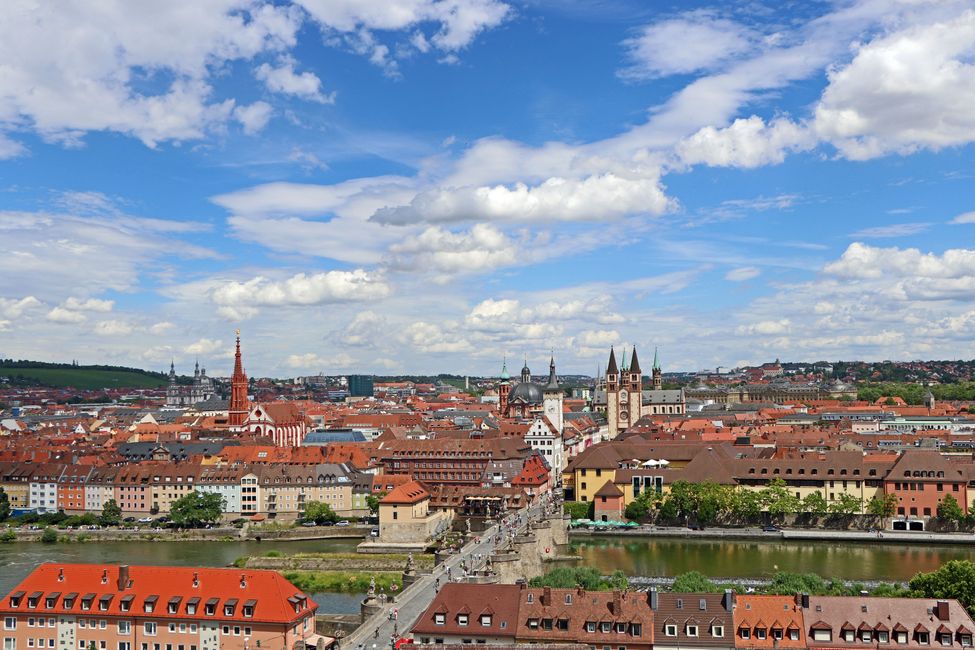
Ճանապարհորդական հաշվետվություններ Գերմանիա
